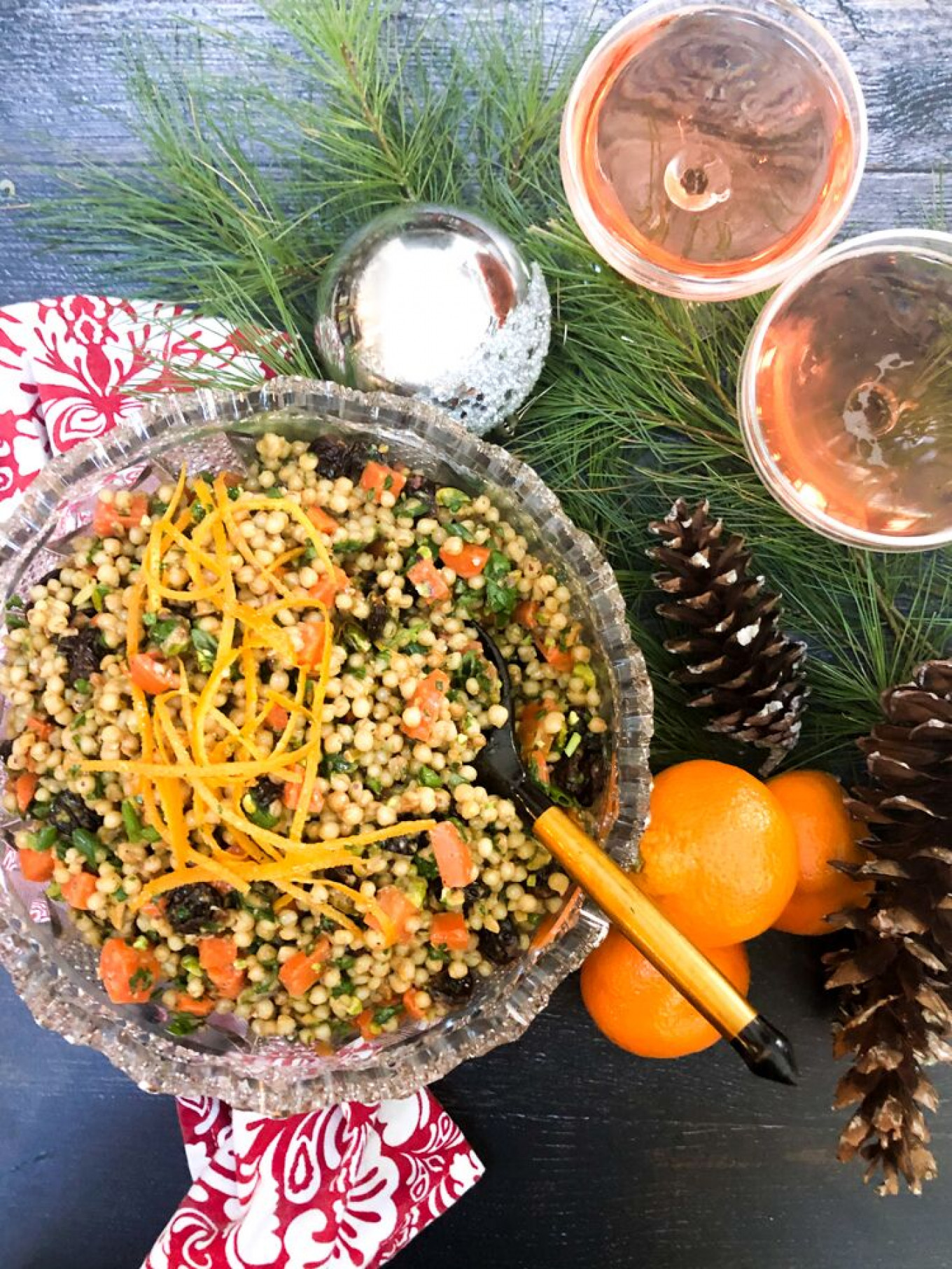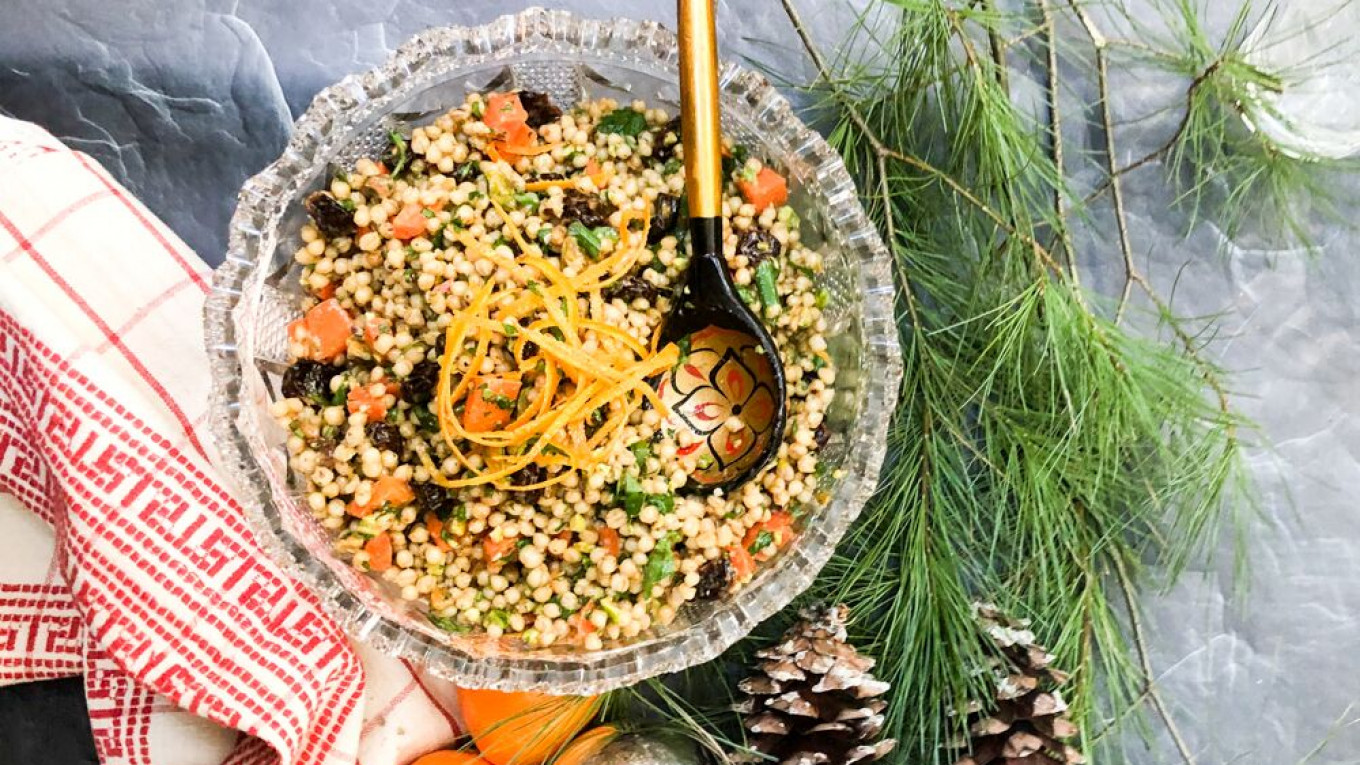Pity poor Russian Christmas!
Russian Christmas is the poor relation in the winter holiday line-up. In the Orthodox world, Easter has always loomed liturgically larger than Christmas, particularly so in northern countries, where the return of spring is always welcomed with particular fervor.
Thanks to the discrepancy between the Julian and Gregorian calendars, Orthodox Christmas falls a full 13 days after that celebrated by the rest of the Christian world, which takes much of the wind out of Russian Christmas's sails. By the time Russians get around to celebrating Christmas, the rest of the world has already failed to keep their New Year’s resolutions.
The Viking Veneer
Before the Revolution of 1917, Russian Christmas was celebrated on December 25 throughout the empire with bonfires, feasting, and mummers going door-to-door in costumes for treats. All of these traditions harken back to ancient pagan celebrations of the Winter Solstice when the ancient Slavs celebrated the darkest day and longest night in a festival called "Kolodia." The word comes from the root word "kol" meaning wheel but may also be a Slavic version of “Yule;” many scholars point out that many ancient pagan holidays have more than a little Viking veneer. Though the Vikings who settled in foreign lands such as England, Ireland, and Rus' were adept at adapting culturally to their new countries, many of their religious traditions proved remarkably tenacious. In English, we still honor the Norse gods in the names of the days of the week. Kolodia bears marked similarities to the Scandinavian tradition of Yule, from which many of the classic elements of Christmas have come down to us: the burning of a large log, an exchange of gifts, and the tradition of bringing a decorated evergreen tree into one's home, feasting and drinking, and celebrating with friends.
Telling Fortunes and Welcoming Strangers
Kolodia is a time to tell fortunes, particularly for young, unmarried women, such as Sonya, Natasha Rostova's cousin in "War and Peace," whom Tolstoy describes on a Christmas visit to neighbors dressed up as a Circassian soldier creeping into the barn to see what her future holds. The mumming aspect of Kolodia is a reminder that the ancient Slavs believed that the world of the dead and living could become, at certain times of the year, incredibly porous, and the veil between the two could become very thin. Kolodia is one of those times, and so it was essential to greet all strangers (or your neighbors' kids in costumes) with hospitality and sweets on the off-chance they might be your great-great-grandmother, or someone even more important. The Vikings believed that during Yule, Odin, the patriarch of the Aesir, was often abroad in the human world of Midgard, dressed as an old man with a long beard, carrying a sack. From this notion, of course, comes another classic Christmas trope.
The Choppy History of Christmas Trees in Russia
Christmas trees came comparatively late to Russia; introduced to Russia by the German-born Empress Alexandra, wife of Nicholas I. The idea quickly caught on; a gigantic Christmas tree is center stage in Tchaikovsky's magical ballet, "The Nutcracker," which beautifully incorporates all of the aspects of Christmas and Kolodia. The ballet, which premiered in 1892 features dressing up, feasting with neighbors, sweet things to eat and drink, the ability to journey to another world, the struggle between good and evil, and the triumph of light over darkness.
Christmas trees were banned in Russia in 1915 following the outbreak of World War I and the virulent anti-German sentiment which overcame the nation. Russian Christmas suffered another blow after the Russian Revolution of 1917, when Christmas was conscientiously boycotted by the Bolsheviks, who replaced the holiday with volunteer programs for the Komsomol youth.
Christmas trees were only reintroduced in the mid-1930s after Pavel Potstyshev, Stalin's architect of the brutal collectivization program, published an open letter to Stalin asking that "New Year's Trees" be permitted at Pioneer Palaces, adorned with secular Soviet ornaments.

Holy Supper
Today, the Orthodox Church is firmly back in fashion, and Christmas is back on the official calendar, but New Year's Eve remains the marquee holiday for the vast majority of Russians. But like their Viking forbears, many of the traditions of Russian Christmas have proved tenacious, most notably the food that is served after a rigorous 40-day fast, where the faithful avoid dairy, meat, fish, and oil. After the first star appears in the heavens, symbolic of the star that led the shepherds to Bethlehem, Russian Orthodox Christians sit down to Holy Supper with "kutiya," a sweet porridge made from wheatberries, dried fruit, nuts honey, and poppyseeds. Kutiya is served to mark births, as wheatberries represent the promise of life to come. After kutiya, Russians tend to eat pork, which also harkens back to the Vikings, who ate wild boar at Yule, which was sacred to the goddess Freya.
Sweet porridge is hard to incorporate into our Russian-American Christmas dinner, which is why I came up with a savory version of kutiya to bring this element to the table with our more English roast beef. It’s now a firm part of our Christmas menu, but also makes an appearance during summer grilling season. Wheatberries have a subtle nutty flavor and will easily absorb the flavors of any dressing. This version has roasted carrots and toasted pistachios with sour cherries to introduce a sweet note. Chia seeds take the place of poppy seeds, and fresh parsley gives it a subtle tang. This is a hardy salad that works well as a contribution to a holiday potluck meal, Christmas lunch, or alongside the inevitable leftovers.
Wishing you and yours a very Happy Kolodia, Yule, Russian Christmas, or whatever holiday you are celebrating to welcome back the light!
Savory Kutiya
Ingredients
For the salad:
- 2 (460 ml) cup of wheat berries (hard winter)
- 6 (1500 ml) cups of water
- 1 tsp of salt
- 4 medium-sized carrots, peeled and cut into ½-inch cubes
- 1-½ (350 ml) cups of raw pistachios*
- 4 Tbsp olive oil
- 1 Tbsp caraway seeds
- 1 ½ cups (350 ml) dried sour cherries or cranberries
- 1 bunch of scallions, cut on the bias into slivers
- 1 bunch of curly parsley, finely chopped
- ½-cup (120 ml) of chia seeds
For the dressing:
- ½ cup (120 ml) walnut oil
- ¼ cup (60 ml) red wine vinegar
- Zest and juice of one orange
- 2 cloves of garlic, peeled and grated on a Microplane
- 1 tsp of salt
- 1 tsp of fresh ground pepper
*If you don't like pistachios, feel free to use hazelnuts, almonds, walnuts, or pecans.
Instructions
Make the wheat berries
Soaking/Simmering Method
- Rinse the grains in a fine sieve until the water runs clear
- Soak the grains for 12 hours in enough water to cover them by 2 inches.
- Drain and rinse the grains, then place them in a large pot with a heavy bottom and 3 cups of water. Add 1 tsp of salt and 2 Tbsp of olive oil to the pot. Bring to a simmer, then cover and cook for 30 minutes, then check frequently until the grain is chewy. This can take up to 50 minutes but keep an eye on it — you don't want it to turn into mush. Drain and rinse very briefly.
Instapot Method
- Set the sauté function on "medium" for 15 minutes. Add 1 Tbsp of olive oil to the pot.
- Toast the grains in the insert, frequently tossing until the grains begin to emit a nutty flavor.
- Turn off the sauté function. Add 1 tsp of salt and the remaining olive oil and 3 cups of water.
- Set the Instapot to High Pressure for 50 minutes and cook.
- Release the pressure manually. Drain and rinse very briefly.
While the grains are soaking and cooking
- Preheat the oven to 400ºF/220ºC and position the oven rack at the middle level.
- Line a baking sheet with parchment paper. Toss the diced carrots with the olive oil and caraway seeds and a good pinch of salt. Wrap them loosely in a tin foil pouch and roast for 15 minutes. Add the pistachios for an additional 4 minutes until they are lightly toasted. Set aside to cool.
- Whisk together the walnut oil, vinegar, orange juice and zest, salt, and pepper
- Drain the wheat berries and toss them in a large bowl with three-quarters of the dressing. Let stand until the grains have cooled to room temperature and absorbed most of the dressing.
- Toss the wheatberries with the carrots, pistachios, sour cherries, chopped scallions, chia seeds, and parsley remaining ingredients and the remainder of the dressing, if needed. Serve at room temperature.
Notes: This salad lends itself to endless interpretation. Hardy greens such as kale or Swiss Chard would do well here, as would a hint of citrus such as tangerine sections. Shaved vegetables such as fennel, beet, or parsnip would also work well. To turn it into a main dish, add a protein such as sliced ham or shredded chicken.
A Message from The Moscow Times:
Dear readers,
We are facing unprecedented challenges. Russia's Prosecutor General's Office has designated The Moscow Times as an "undesirable" organization, criminalizing our work and putting our staff at risk of prosecution. This follows our earlier unjust labeling as a "foreign agent."
These actions are direct attempts to silence independent journalism in Russia. The authorities claim our work "discredits the decisions of the Russian leadership." We see things differently: we strive to provide accurate, unbiased reporting on Russia.
We, the journalists of The Moscow Times, refuse to be silenced. But to continue our work, we need your help.
Your support, no matter how small, makes a world of difference. If you can, please support us monthly starting from just $2. It's quick to set up, and every contribution makes a significant impact.
By supporting The Moscow Times, you're defending open, independent journalism in the face of repression. Thank you for standing with us.
Remind me later.







